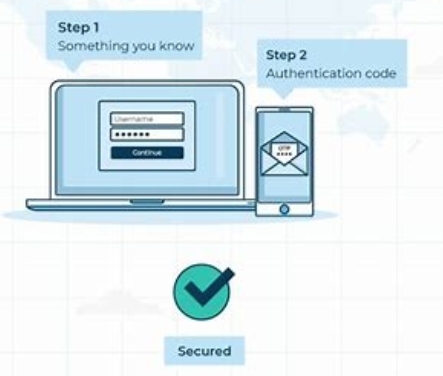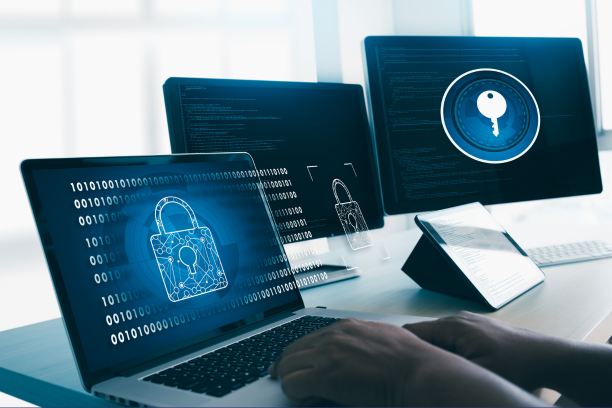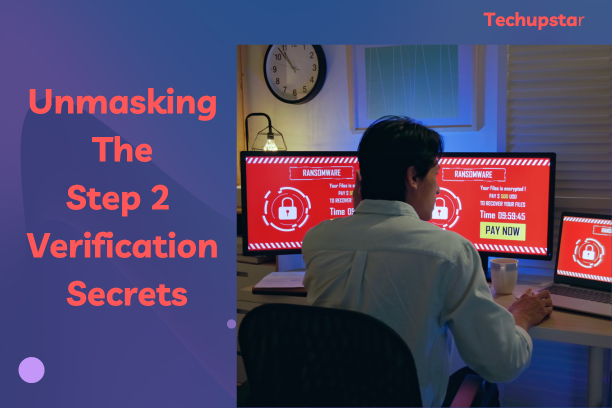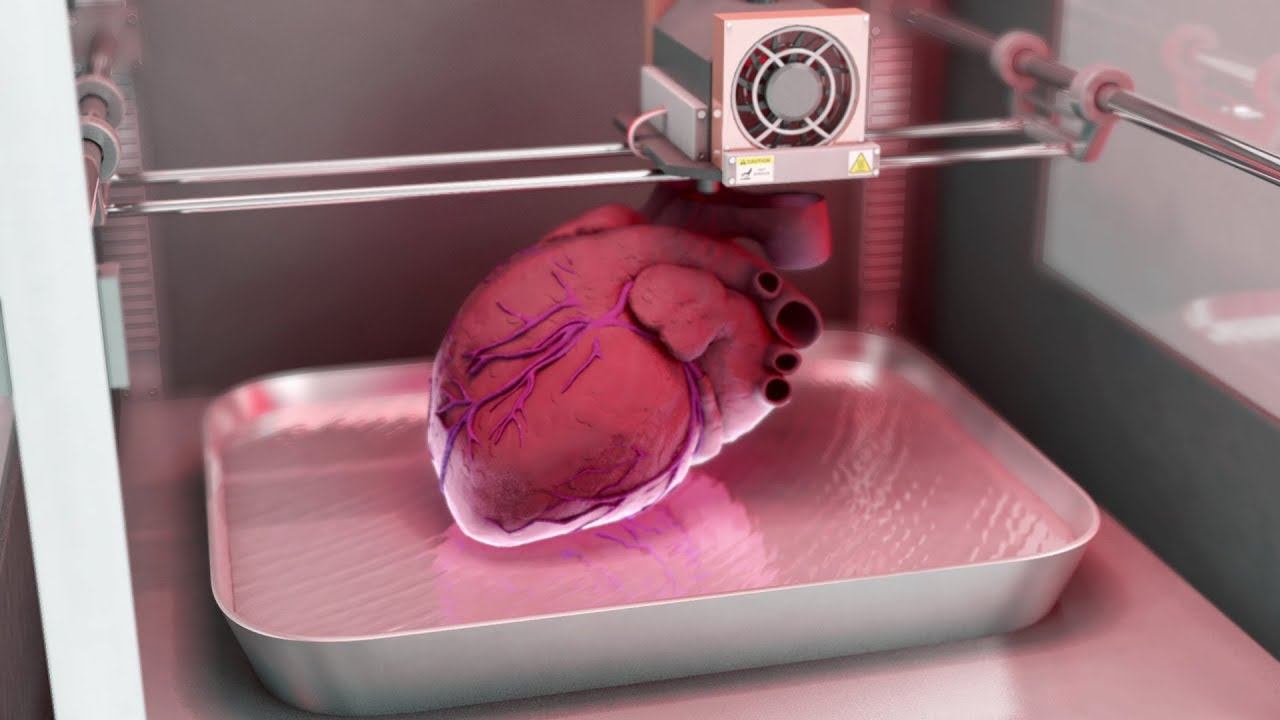In this our increasingly digital world where transactions and interactions occur remotely, the need for distinct verification processes has become paramount. Step 2 Verification plays an essential role in ensuring the authenticity and integrity of individuals’ identities. In this article, we will delve into the significance of Step 2 Verification, explores the key components, discusses the methods and technologies employed, addresses challenges and best practices, provides examples of its implementation, and outlines future trends in this field. of step two verification
What Is A Step 2 Verification

it’s important to understand its place within the broader context of verification processes. Step 1 Verification typically involves basic identity checks, such as email verification or username validation. While the Step two Verification is a subsequent and more thorough step that goes beyond the surface-level checks to validate the identity and address of individuals, ensuring enhanced security.
The Key Components of Step 2 Verification: A. Identity Verification

Document Submission: Step two Verification often requires individuals to submit official identification documents, such as passports or driver’s licenses.
- Identity Validation Procedures: Advanced algorithms and systems are employed to verify the authenticity of submitted documents and cross-reference them with reliable databases.
Address Verification
- Address Confirmation Methods: Individuals may be required to provide utility bills, bank statements, or other documents that corroborate their stated address.
- Address Validation Procedures: Similar to identity validation, systems are used to verify the accuracy of the provided address and match it with trusted sources.
- Methods and Technologies Used in Step 2 Verification: A. Document Scanning and Recognition: Sophisticated optical character recognition (OCR) technology is employed to scan and extract information from submitted documents. B. Data Matching and Validation: Automated systems compare the extracted data against trusted databases to detect any inconsistencies or discrepancies. C. Biometric Verification: Cutting-edge biometric technologies, such as fingerprint or facial recognition, are used to verify an individual’s unique biological traits, adding an extra layer of security.
Challenges and Limitations of Step 2 Verification:
Fraudulent Activities: Determined individuals may attempt to circumvent the Step two Verification processes through forgery or identity theft.
False Positives and False Negatives: Overly strict verification protocols can always result in legitimate individuals being denied access, while lenient protocols may allow fraudulent identities to slip through.
Privacy and Data Protection Concerns: Organizations must handle personal data responsibly and always ensure compliance with privacy regulations to protect individuals’ sensitive information.
Best Practices for Effective Step 2 Verification:
Robust Identity Verification Protocols: In implementing multi-factor authentication, including both document and biometric checks, helps strengthen the verification process.
Utilizing Multiple Data Sources: This entails employing a wide range of trusted data sources and cross-referencing information in other to minimize the risk of relying on potentially compromised or inaccurate data.
Continuous Monitoring and Updates: This require regularly reviewing and updating verification protocols ensure adaptability to emerging threats and evolving technologies.
Case Studies or Examples of Step 2 Verification Implementation:
Financial Institutions: The Banks and other financial service providers employ Step 2 Verification to ensure secure customer onboarding and prevent fraudulent transactions.
Online Marketplaces: E-commerce platforms also utilize Step two Verification to establish trust between buyers and sellers, protecting both parties from fraudulent activities.
Government Agencies: Government entities always employ Step 2 Verification for citizen identification, passport issuance, and various public services to prevent identity fraud.
Why is Step 2 Verification necessary?
The Step 2 Verification is essential in preventing identity fraud, enhancing security measures, and establishing trust in various industries where accurate identification is essential.
What documents are typically required for Step 2 Verification?
The Step 2 Verification often requires individuals to submit official identification documents such as passports, driver’s licenses, or other government-issued IDs.
How does Step 2 Verification validate the authenticity of submitted documents?
The advanced algorithms and systems are used to verify the authenticity of submitted documents by comparing them against trusted databases and employing techniques like optical character recognition (OCR).
What methods are used for address verification in Step 2 Verification?
Address verification methods may include submitting utility bills, bank statements, or other official documents that corroborate an individual’s stated address.
How does Step 2 Verification handle privacy and data protection concerns?
Organizations implementing Step 2 Verification must handle personal data responsibly, ensuring compliance with privacy regulations and employing secure data protection measures to safeguard individuals’ sensitive information.
What are the challenges in Step 2 Verification?
Challenges include potential fraudulent activities, the risk of false positives and false negatives, and addressing privacy concerns while maintaining effective verification protocols.
How can organizations improve Step 2 Verification accuracy?
Organizations can enhance accuracy by implementing multi-factor authentication, utilizing multiple trusted data sources, and employing advanced technologies such as biometric verification.
Can Step 2 Verification be integrated into different industries?
Yes, the Step 2 Verification can be integrated into various industries such as finance, e-commerce, government services, and any sector where secure identification is crucial.
What are the future trends in Step 2 Verification?
The Future trends include the integration of artificial intelligence and machine learning for improved accuracy, blockchain technology for enhanced security and transparency, and advancements in biometrics for stronger verification measures.
How Do I Get Step 2 Verification?

In other to obtain Step 2 Verification, you typically need to follow the process set forth by the organization or platform requiring the verification. Here are general steps that you may need to take:
- Check the requirements: Review the specific requirements for Step 2 Verification outlined by the organization or platform. They will typically provide information on the types of documents and additional information needed for verification.
- Gather necessary documents: You will collect the required identification documents, such as a passport, driver’s license, or other government-issued IDs, as specified by the verification process.
- Submit documents: You will then Upload or submit scanned copies or clear images of the required documents through the designated verification portal or platform. Ensure that the documents meet the specified format and quality requirements.
- Provide additional information: Along with the documents, you might need to provide additional details such as your address, date of birth, or other personal information that will aid in the verification process.
- Await verification: Once you have submitted the required documents and information, the organization or platform will review and verify the provided details. This process may take some time, depending on the specific verification procedures and the volume of verifications being processed.
- Follow up if necessary: If there are any issues or concerns during the verification process, the organization or platform may contact you for additional clarification or documentation. Be prompt in responding to any requests to expedite the verification.
- Confirmation of verification: Upon successful completion of the verification process, you will be notified by the organization or platform. You will then gain access to the benefits, services, or features that require Step 2 Verification.
It’s important to also note that the exact process and requirements may vary depending on the organization or platform implementing Step 2 Verification. Always refer to their specific guidelines and instructions to ensure a smooth and successful verification process.
Future Trends and Innovations in Step 2 Verification

Artificial Intelligence and Machine Learning: AI-powered algorithms can analyze vast amounts of data to detect patterns and anomalies, improving verification accuracy and efficiency.
Blockchain Technology: Decentralized ledger technology can enhance data security and immutability, ensuring tamper-proof verification records.
Biometric Advancements: Advancements in biometrics, such as behavioral biometrics and voice recognition, will further strengthen the verification process.
Conclusion
Step 2 Verification serves as a critical mechanism for establishing trust, mitigating fraud, and safeguarding individuals’ identities and transactions. By implementing rigorous protocols, utilizing advanced technologies, and adhering to best practices, organizations can strengthen their security posture and protect their users. As we move towards an increasingly digital future, Step 2 Verification will continue to evolve, embracing innovative solutions to ensure enhanced security and reliability.






